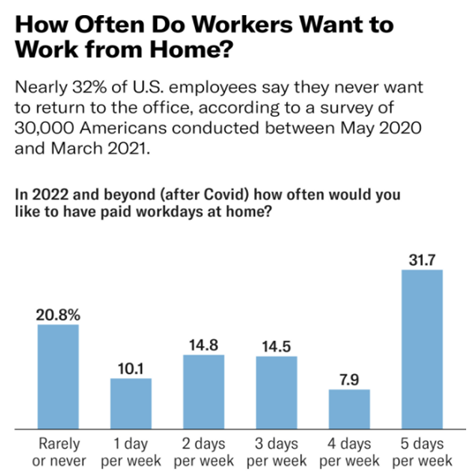Nice to see our friends over at Barron’s finally catching up to us on the big dividends sitting right under our noses in oil and gas!
It’s almost like the magazine’s writers are sharing a subscription to our Contrarian Income Report service, because the six stocks they cited in an article they ran last week are almost all picks in our portfolio—specifically our “crash ‘n rally” energy bucket.
(It’s not the first time’s Barron’s has shadowed us. In April, they put out a strategy for retiring on dividends, a subject we literally wrote the book on two years ago.)… Read more


Recent Comments